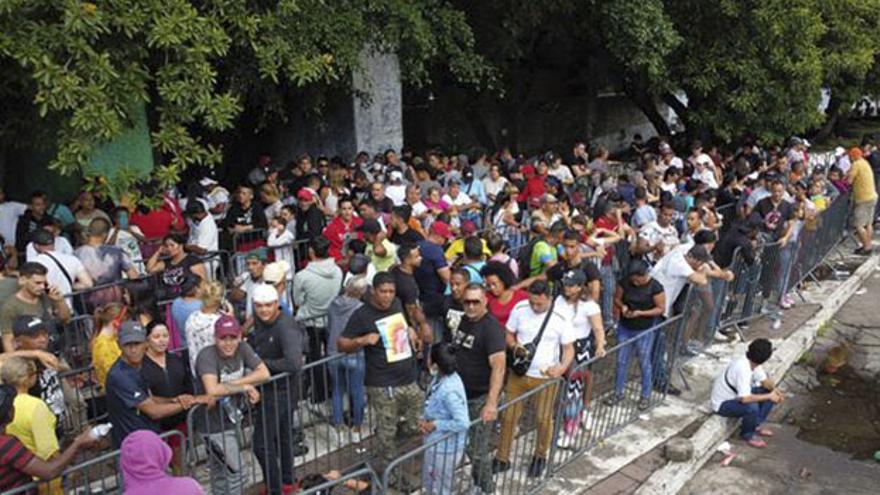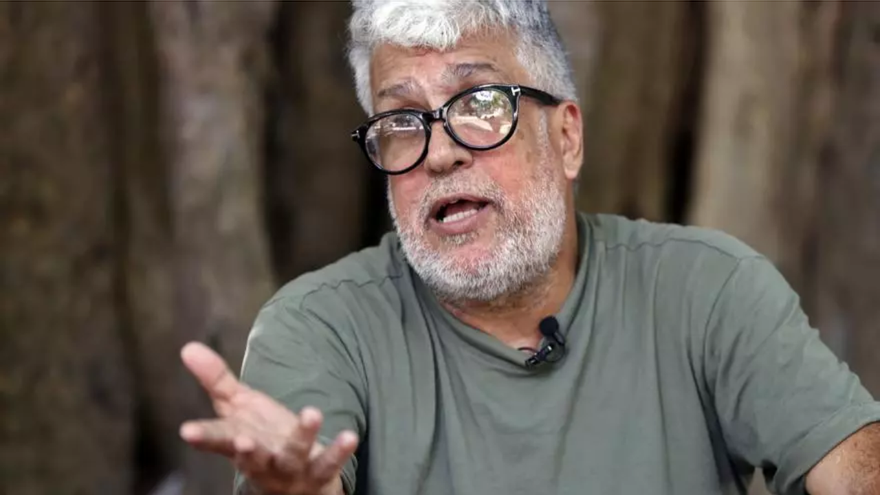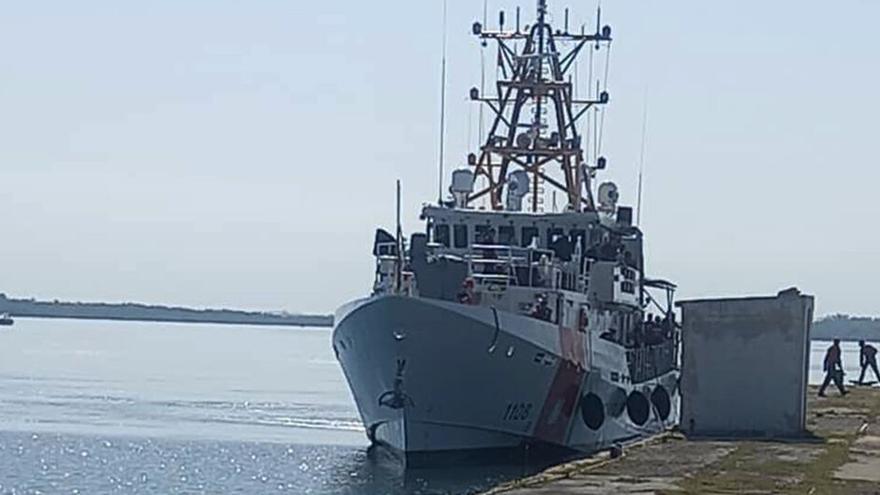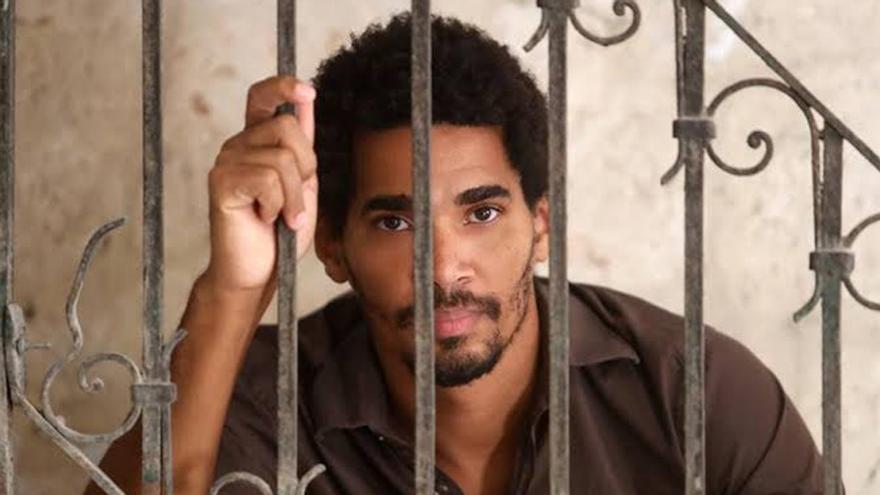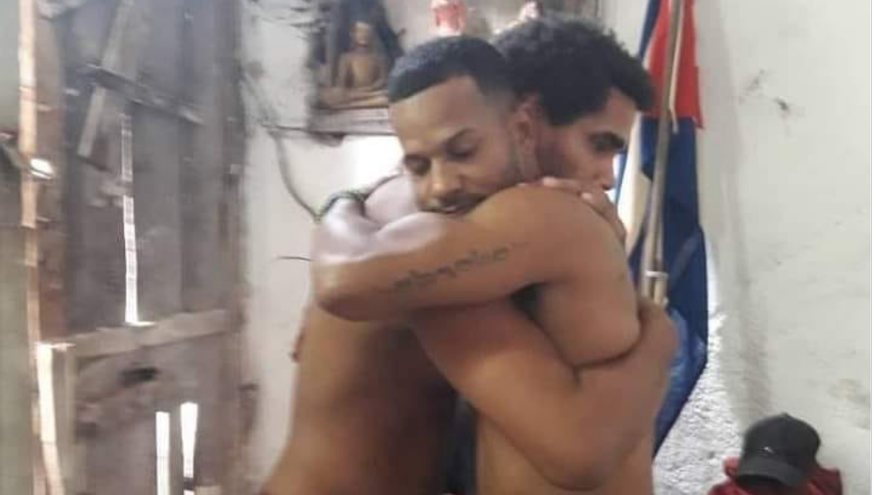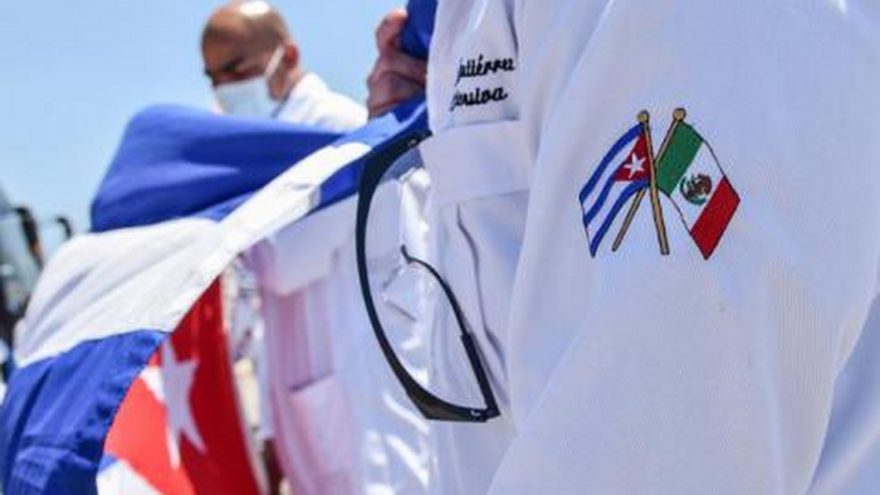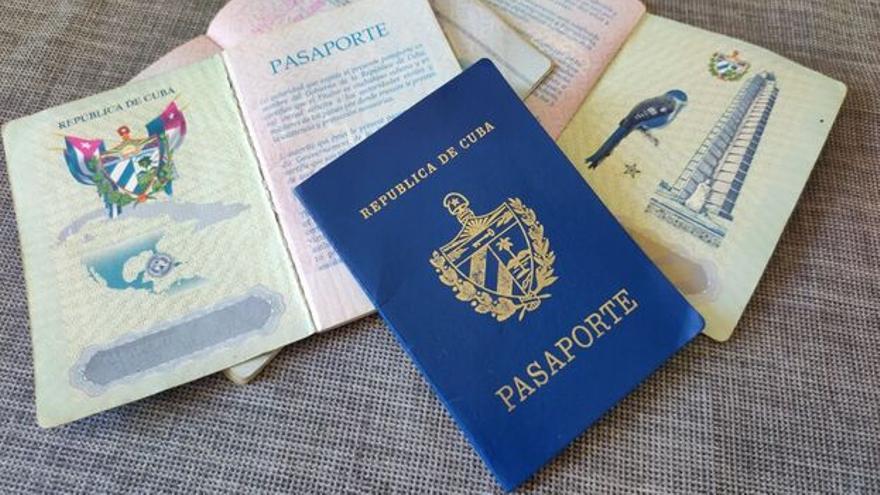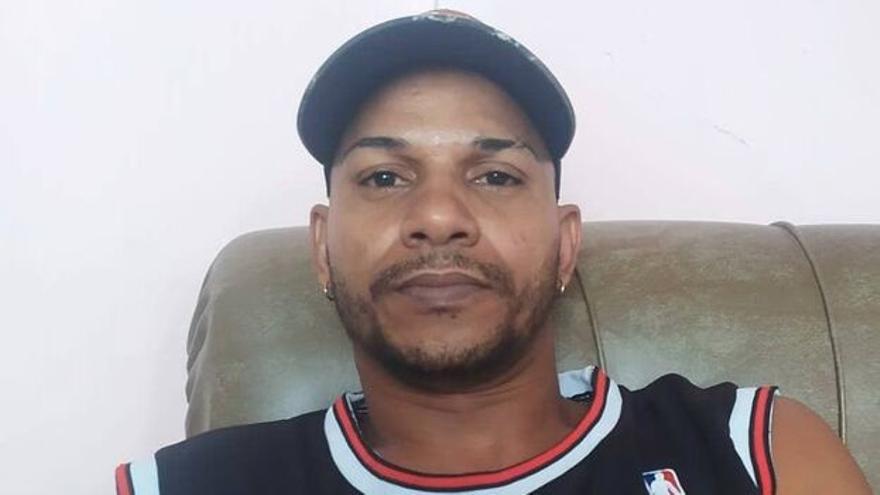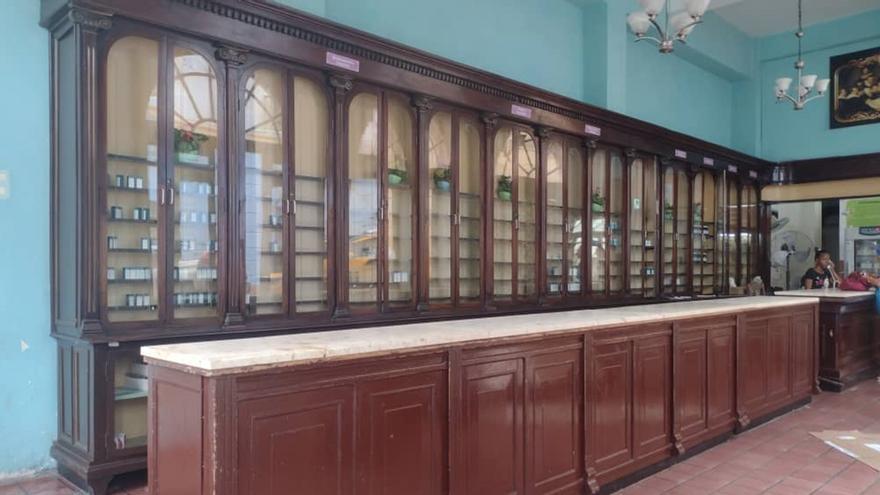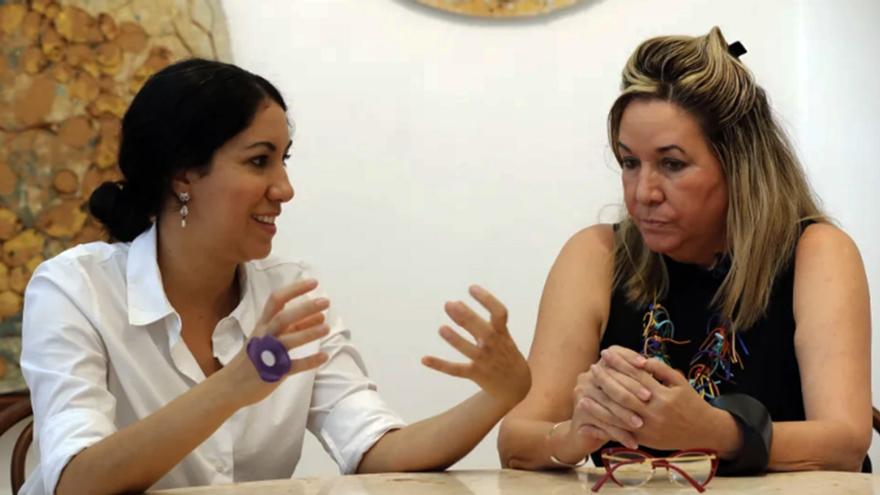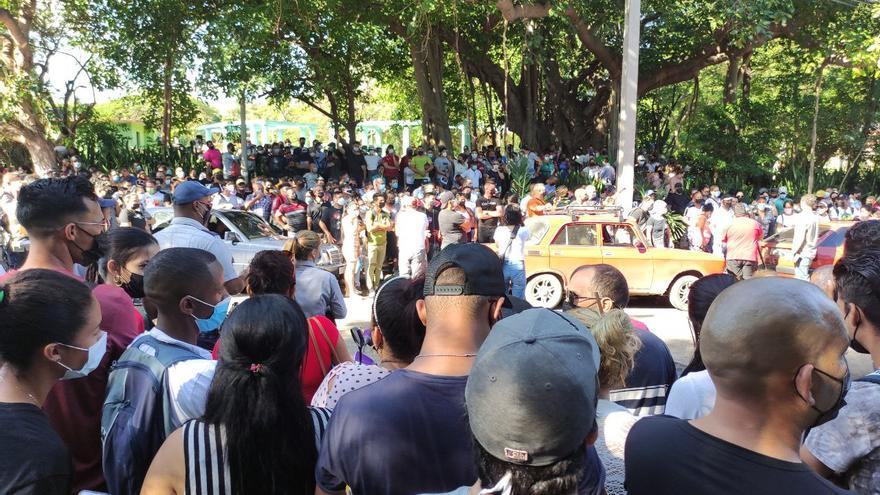
![]() 14ymedio/EFE, Havana, 16 August 2023 — The home run leader of the last Cuban Under-15 National Championship, Jaider Miguel Suárez, took a flight to the Dominican Republic this week. According to journalist Francys Romero, he is already training at the Javier Rodríguez Academy and is preparing to be recruited by a U.S. Major League team in the international period of 2025.
14ymedio/EFE, Havana, 16 August 2023 — The home run leader of the last Cuban Under-15 National Championship, Jaider Miguel Suárez, took a flight to the Dominican Republic this week. According to journalist Francys Romero, he is already training at the Javier Rodríguez Academy and is preparing to be recruited by a U.S. Major League team in the international period of 2025.
At just 14 years old, the young man hit three home runs and was the leader in stolen bases in the last championship by getting 17, in addition to finishing with a batting average of 0.33%. “He produces (results) with consistency for any part of the terrain and is aggressive and competitive when he should be,” Romero characterized him.
The journalist also stressed that with the departure of Suárez there are 15 players who have emigrated from the team of 20 players from the Island who participated in the U-15 World Cup in 2022, which represents a new record.
Before Suárez, Alex Santiago, Pedro Danguillecourt, Dulieski Ferrán, Ernest Machado, Yosniel Menéndez, Roberto Peña, Segian Pérez, Alejandro Prieto, Danel Reyes, Ronald Terrero, Jonathan Valle, Yunior Villavicencio and Cristian Zamora left the Island. All under 15 years of age. continue reading
The constant flight of baseball players has had an impact on the quality of Cuban baseball. Last March, just after the World Classic, the Island’s team was in seventh place with 3,151 points from a list of 36 teams that was led by Japan (with 5,323 points), the United States (4,402) and Mexico (4,130).
This Tuesday, according to the ranking of the World Baseball and Softball Confederation, Cuba fell one place. With 2,880 points, it is now in eighth place, following the Netherlands (3,87) and Venezuela (3,744).
The sports authorities reported last Tuesday that Cuba will attend the 2023 Baseball Champions League of the Americas, to be held in Mérida (Yucatán, Mexico) from September 28 to October 1, with a selection of 25 players.
The Island’s team will participate in the event organized by the World Baseball Confederation (WBSC) along with three other league champion teams in the 2022 season: Mexico, Colombia and the United States.
The Island’s selection will be made up of players from the Alazanes team, from Granma province, winner of last year’s National Baseball Series title. It will have 15 reinforcement players from other teams, including some players who belong to the Leñadores de Las Tunas team, which last week won the crown of the 2023 national baseball championship.
Translated by Regina Anavy
____________
COLLABORATE WITH OUR WORK: The 14ymedio team is committed to practicing serious journalism that reflects Cuba’s reality in all its depth. Thank you for joining us on this long journey. We invite you to continue supporting us by becoming a member of 14ymedio now. Together we can continue transforming journalism in Cuba.

